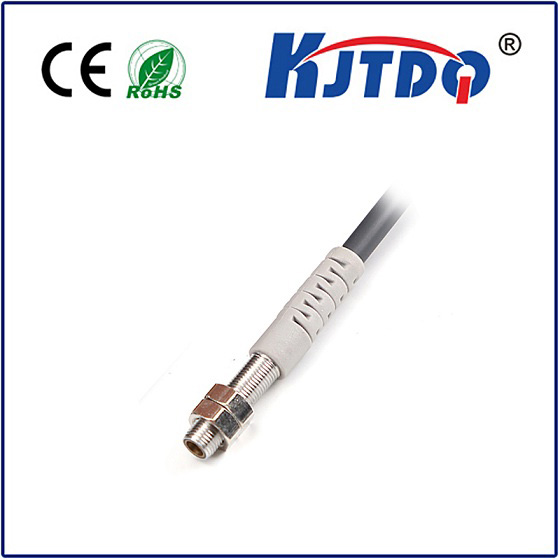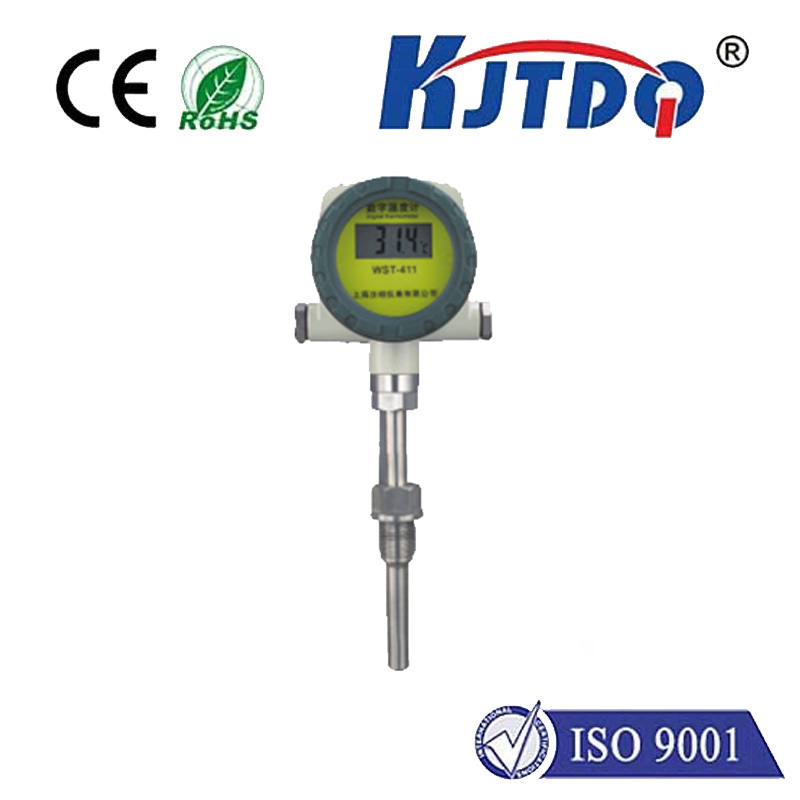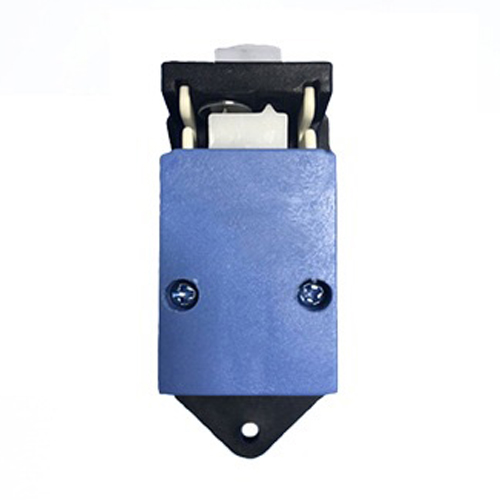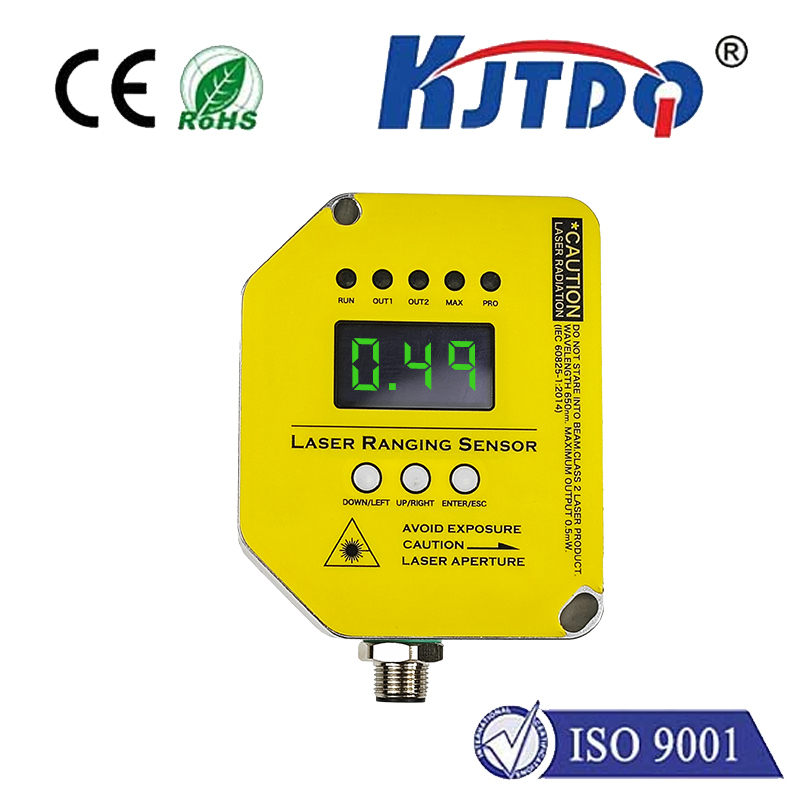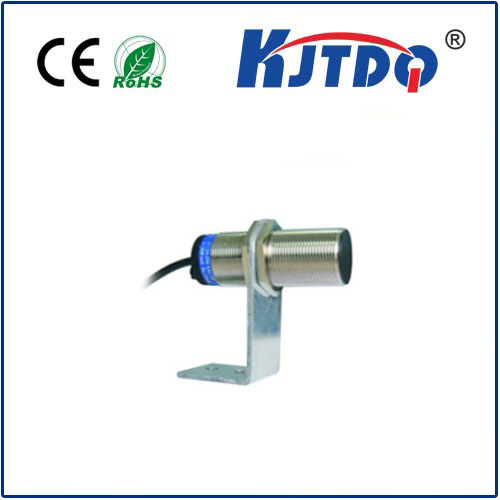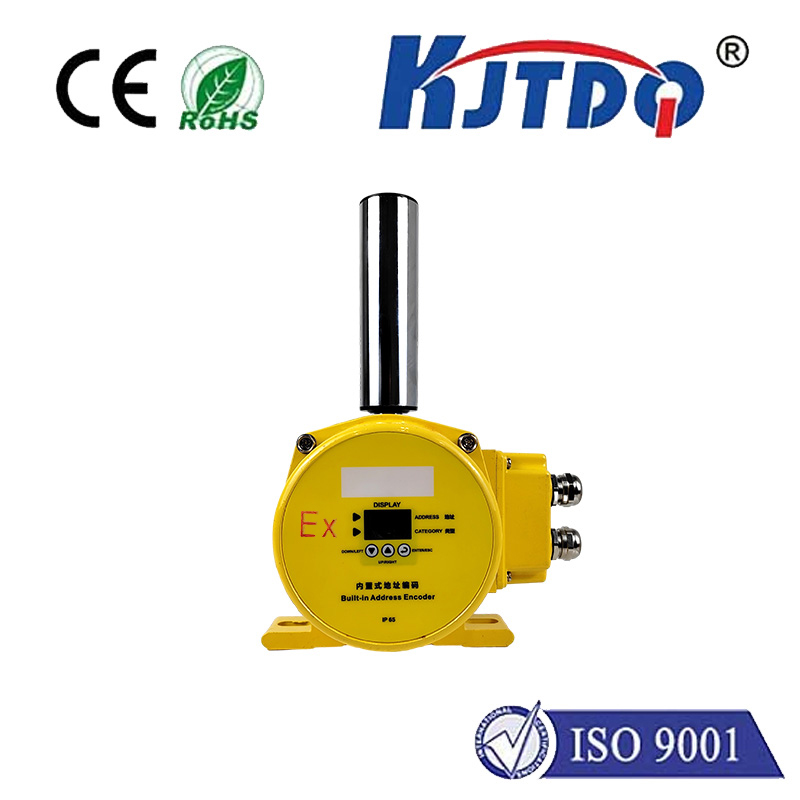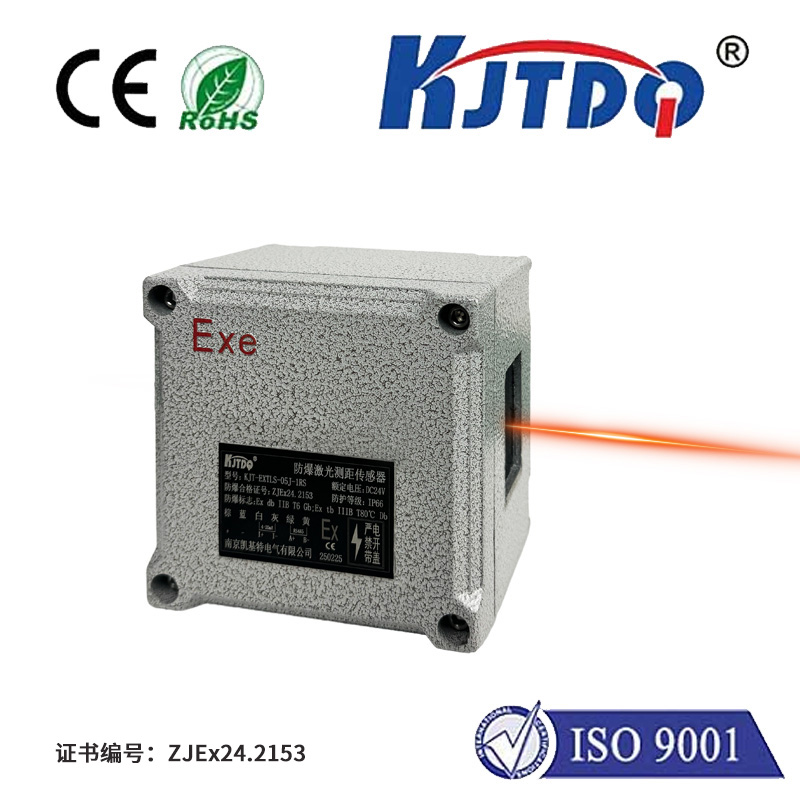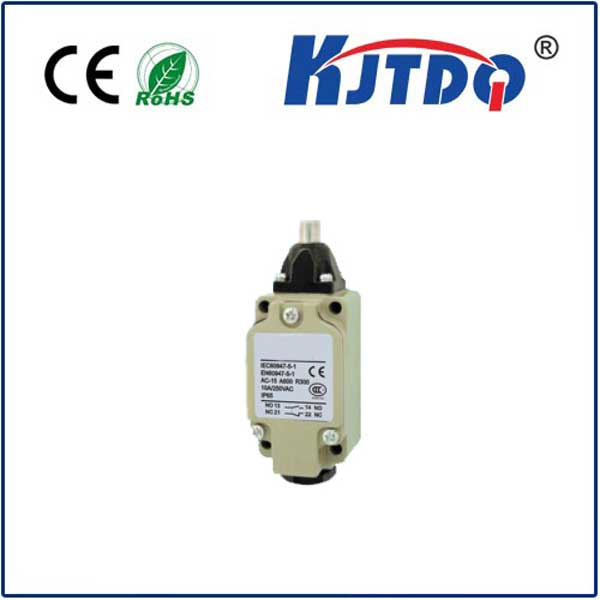

check

check

check

check

check

check

check

check

check

check
Photoelectric Water Level Sensors: A Revolutionary Breakthrough in Liquid Level Measurement
Water level measurement is an essential aspect of various industrial and domestic applications. The accurate monitoring and control of water levels play a crucial role in preventing overflow, maintaining safety standards, and ensuring efficient resource management. In recent years, the advancements in sensor technology have paved the way for innovative solutions to measure liquid levels, one of which is the photoelectric water level sensor. This revolutionary breakthrough in liquid level measurement has gained immense popularity due to its exceptional accuracy, reliability, and ease of use.
The photoelectric water level sensor operates on the principle of optical reflection. It consists of a light source, usually an LED or laser, that emits a beam of light towards the surface of the liquid. When the light beam hits the liquid surface, it reflects back towards a photosensitive receiver, which then converts the light signal into an electrical signal. This electrical signal is further processed by the sensor's internal circuitry to determine the exact height of the liquid level.

One of the primary advantages of photoelectric water level sensors is their non-contact nature. Unlike traditional float-based or pressure-based systems, photoelectric sensors do not come into direct contact with the liquid, reducing the risk of contamination or damage to both the sensor and the fluid being measured. This makes them ideal for applications where hygiene and cleanliness are paramount, such as in the food and beverage industry.
Another significant benefit of photoelectric water level sensors is their ability to provide continuous real-time measurements. These sensors can detect changes in liquid levels instantaneously, allowing for immediate corrective action if necessary. This feature is particularly useful in scenarios where rapid fluctuations in water levels could lead to potential hazards or losses, such as in flood control systems or chemical processing plants.
Moreover, photoelectric water level sensors are highly versatile and can be adapted to suit various container shapes and sizes. They can be installed vertically, horizontally, or even submersed within the liquid, depending on the application requirements. The flexibility in installation options enables these sensors to be used in a wide range of environments, from small household appliances to large industrial storage tanks.
In terms of maintenance, photoelectric water level sensors require minimal upkeep. Since they do not have any moving parts, there is less chance of mechanical failure compared to other types of level sensors. Additionally, the absence of direct contact with the liquid reduces the likelihood of fouling or clogging issues that may affect sensor performance over time.
However, it is important to note that photoelectric water level sensors may face challenges in opaque or highly turbid liquids, as the presence of suspended particles can interfere with the reflection of light. To address this issue, manufacturers often incorporate additional features such as multiple light sources or advanced filtering techniques to ensure accurate readings under such conditions.
In conclusion, photoelectric water level sensors represent a significant advancement in liquid level measurement technology. Their non-contact operation, real-time monitoring capabilities, and adaptability make them suitable for a diverse range of applications across various industries. As we continue to embrace innovation in sensor technology, it is evident that photoelectric water level sensors will play a vital role in improving efficiency, safety, and resource management in our increasingly connected world.


